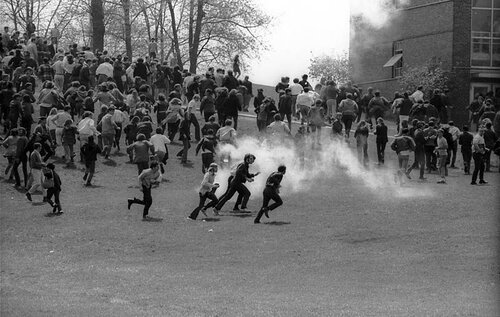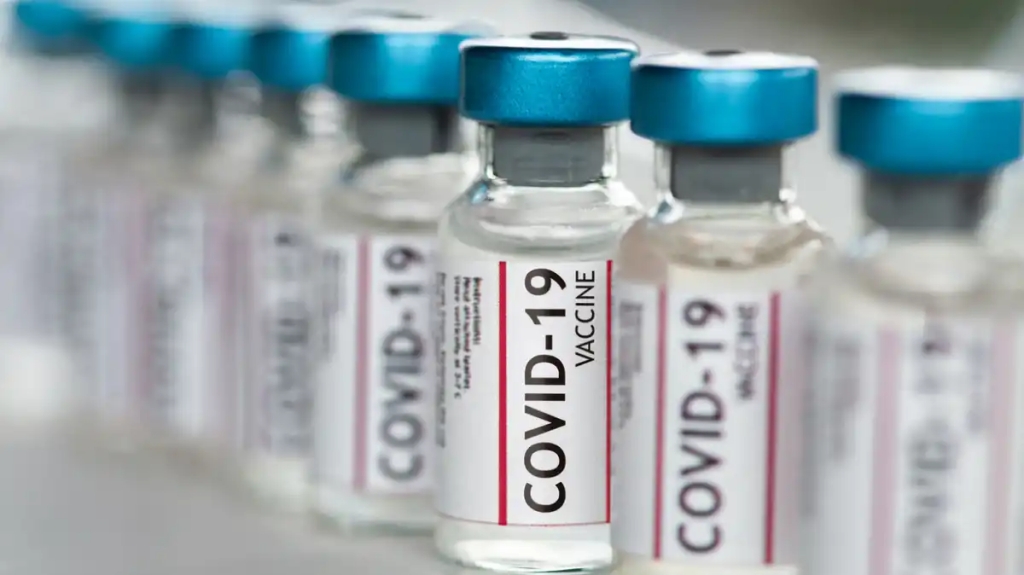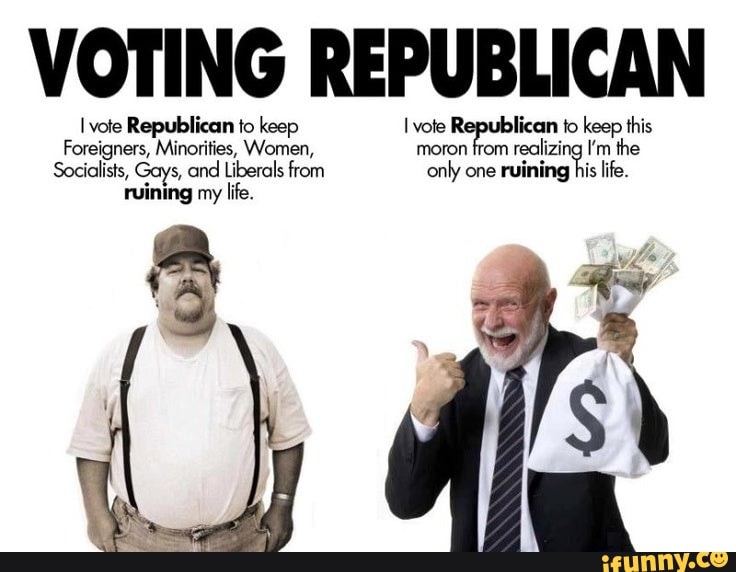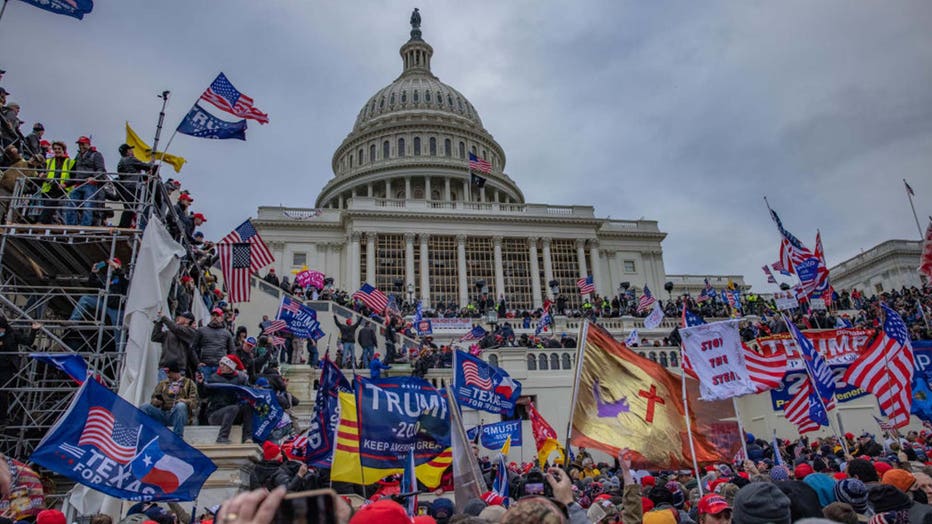A little over a month ago I was supposed to be on my way to Ohio to take part in the May 4, 1970 Commemoration ceremony at Kent State University, the site of one of the worst tragedies in American history. I was also going to attend a concert by rockers David Crosby and Joe Walsh that same weekend with some long time friends of mine.
None of that happened.
We know why. A pandemic hit America, and many states in the country issued shelter and place orders to try and stem the storming tide of the coronavirus. Ohio was one of those states. It was a big disappointment for me personally, and for thousands of others who wanted to take part in the activities planned for that weekend.
And one of the other things I was going to do was write about my experience at the Commemoration for the online and print magazine, The Culture Crush, of which I am an occasional contributor.
So while I could not write the article I wanted to, I changed direction a bit, and in consultation with the editor and founder of the magazine, Debra Scherer, I wrote a piece that I would like to share with you today.
So much has changed since I originally submitted my article. George Floyd was brutally murdered on the streets of Minneapolis by a rogue cop and his three accomplices and the streets of the United States erupted in flames. Subsequently, the piece I wrote also changed.
I’m providing an excerpt of my article and will provide a link at the end where you can access the piece in it’s entirety. There is also companion piece to mine, written by Mark Gurarie, entitled Bodies Upon The Gears, which breaks down some of the student-derived protests of the 1960s, inspired by activist Mario Savio. I will provide a link to that as well.
Both of these articles are timely in that they explore street and university protests that tried to change the world for the better. It seems as though we’re back to square one in so many ways.
Skin In The Game: The Kent State Massacre-Have We Learned Nothing In The Last 50 Years?
On May 4th, 1970 Ohio Governor Jim Rhodes ordered the National Guard onto the campus of Kent State University to quell an anti-war protest that had grown out of control. Fifty years later, another Ohio governor, Mike DeWine, also began issuing orders. First it was “shelter in place” in response to the coronavirus pandemic raging across the United States and the world, but then, along with governors around the country, the order was again to call in the National Guard—this time, in response to mass protests against the crumbling racist institutions we witness failing us at every turn.

The state of our union is precarious at best. Overwhelmed by a sense of hopelessness, of a palpable de-evolution of society at large, we are becoming witnesses to a daily breakdown of a system that was supposed to work for us, yet has instead become one that works for the very few. And just like the students who were at Kent State—those students who witnessed the violence—we all now carry that trauma, expressed by disillusionment, raised voices, and political actions. We all have skin in the game. Our young protestors today, however, are not only facing the National Guard in our cities, but also a hyper-militarized police apparatus, built up over the years by willing self-aggrandizing politicians.
The real question now is, have we not learned anything in the past 50 years?
On May 4, 1970, the National Guard opened fire on protesting students, killing four and wounding nine more. To be sure, many Americans today are unaware of the shootings. After all, the tragedy took place 50 years ago, and it generally isn’t discussed in the media unless it’s a milestone year such as this. That—paired with the almost daily occurrence of mass shootings in 21st century American society—makes the Kent State shootings easy to forget, filed away somewhere between the summer of love and the watergate scandal. But since that fateful day 50 years ago, the Kent State’s May 4th Task force, in conjunction with university officials, have erected physical structures, as well as an interactive museum, that memorializes the event. One of the more poignant representations includes four concrete markers in the Prentice Hall parking lot, pinpointing the locations of the slain students—a constant reminder of the shootings on campus.

Kent State graduate student Eunice Reyes, who has parked in that lot and walks across it nearly every day, said the markers make an important statement. “I think there’s something incredibly powerful about something that people encounter daily, having such a wound located there,” she said. “I really am grateful that I’ve been able to attend Kent State and be around what happened on May 4 and be able to exist in that space.”
According to Kent Historical Society historian in residence, Roger Di Paolo, “May 4 was the perfect storm. You had a city that was not equipped in any way to deal with any unrest. You had a volunteer fire department in the 1970’s, you had a police chief who was well-intentioned but more equipped to handle a much smaller town.”
When President Richard Nixon ordered the invasion of Cambodia in a speech delivered on April 30, 1970, the small university town in Northeast Ohio became a ticking time bomb. Clearly, Nixon’s address was interpreted as a widening of the war, and it, predictably, ignited the protests.
To read the rest of the article at The Culture Crush, please click here.
To read Bodies Upon The Gears, please click here.






Leave a comment